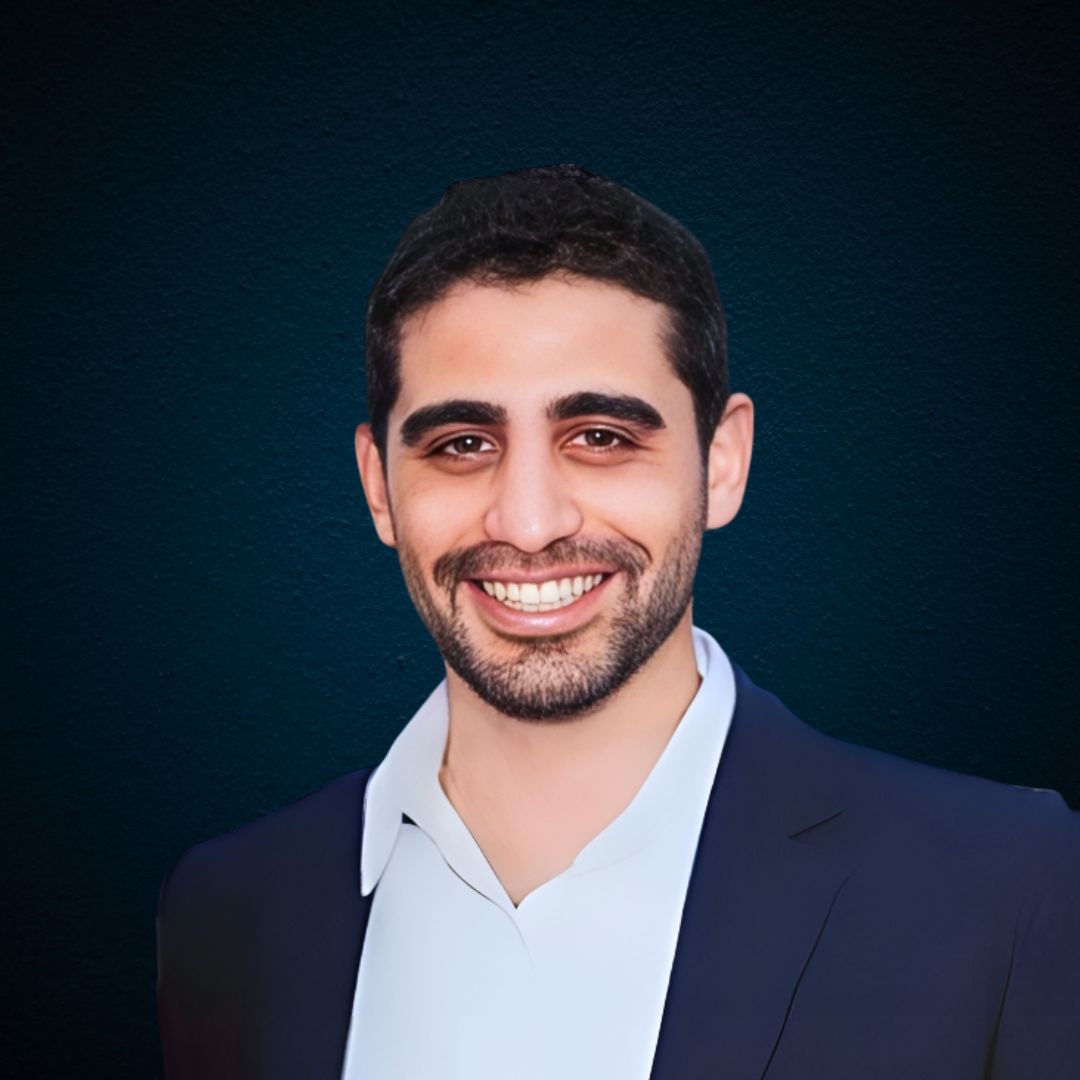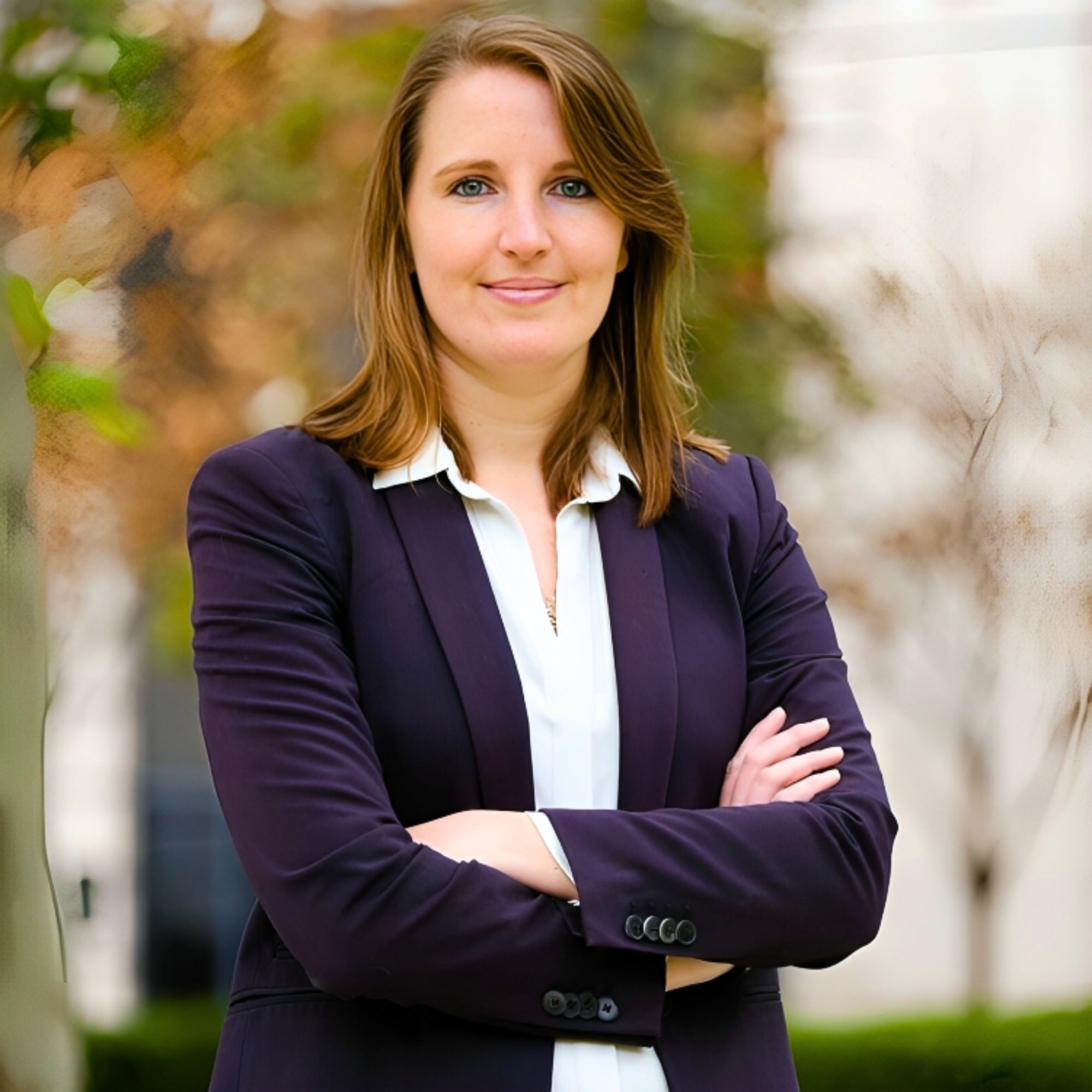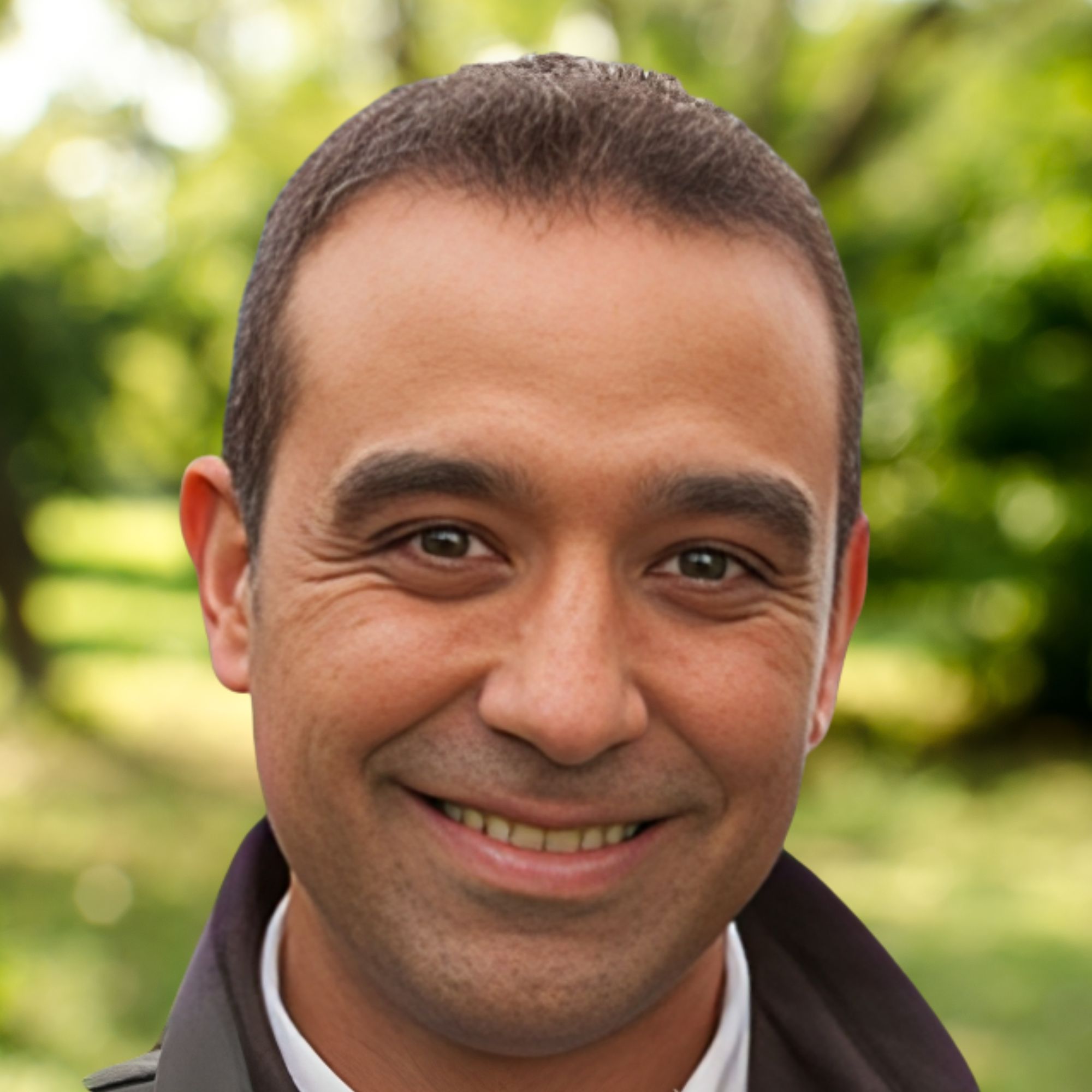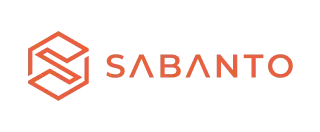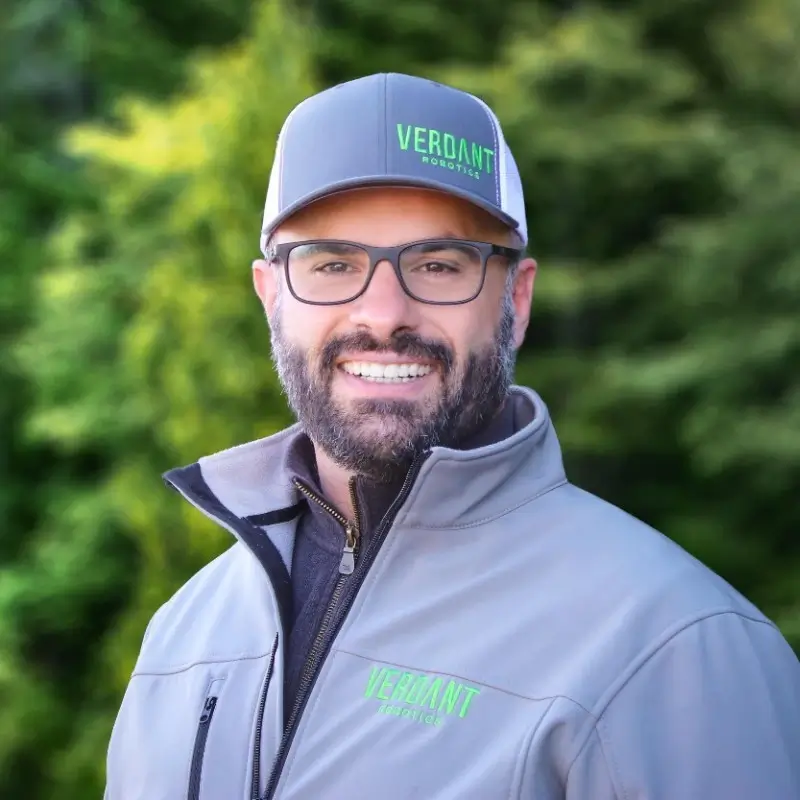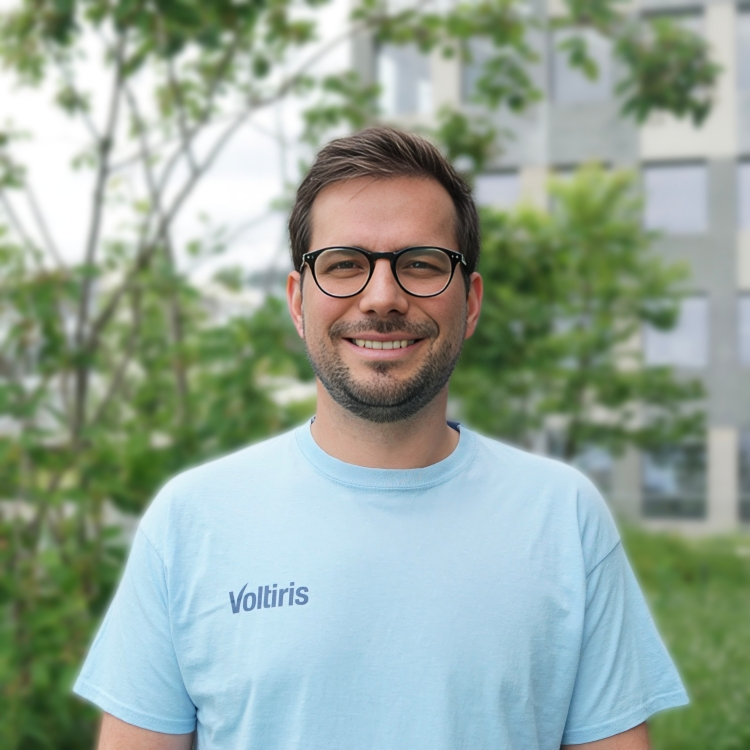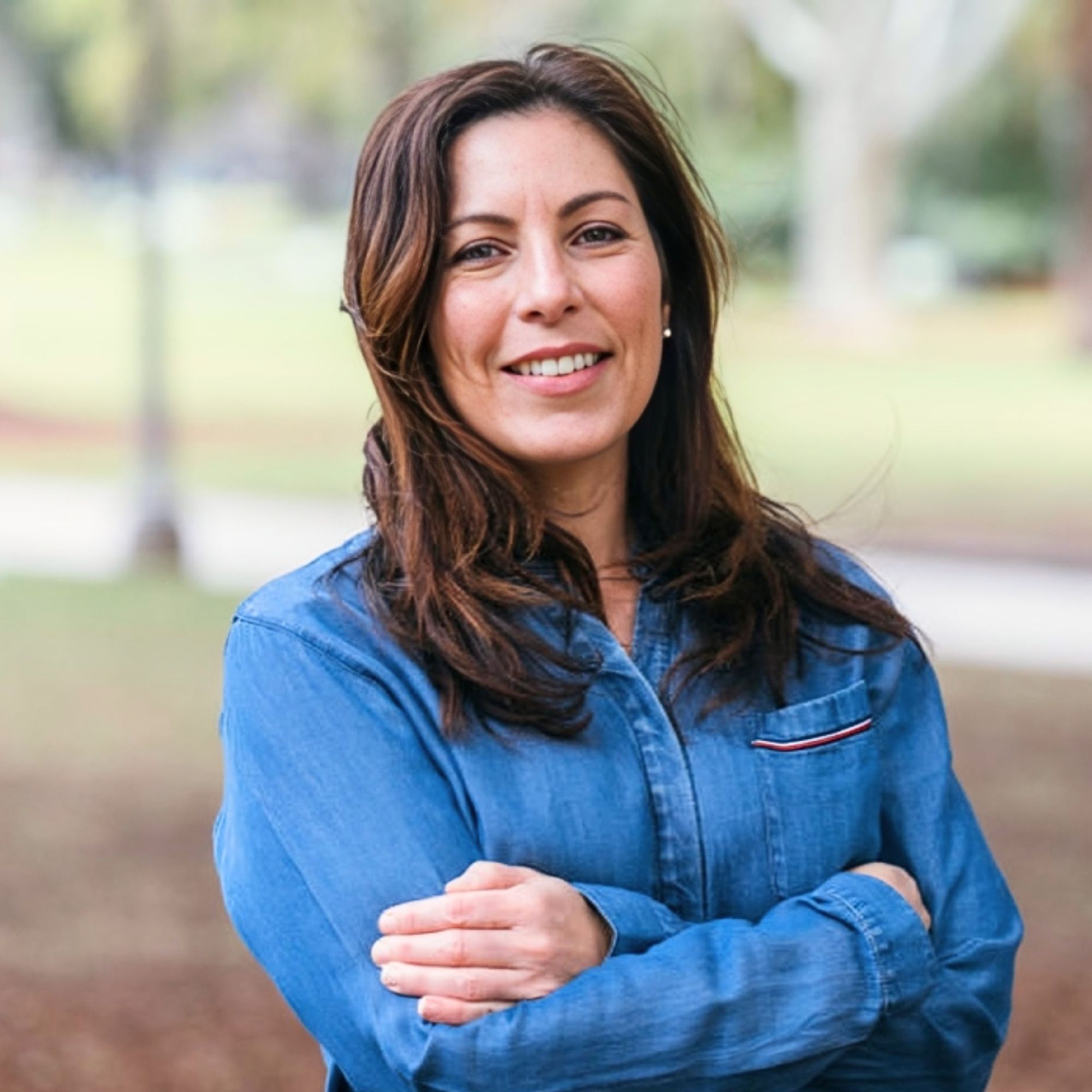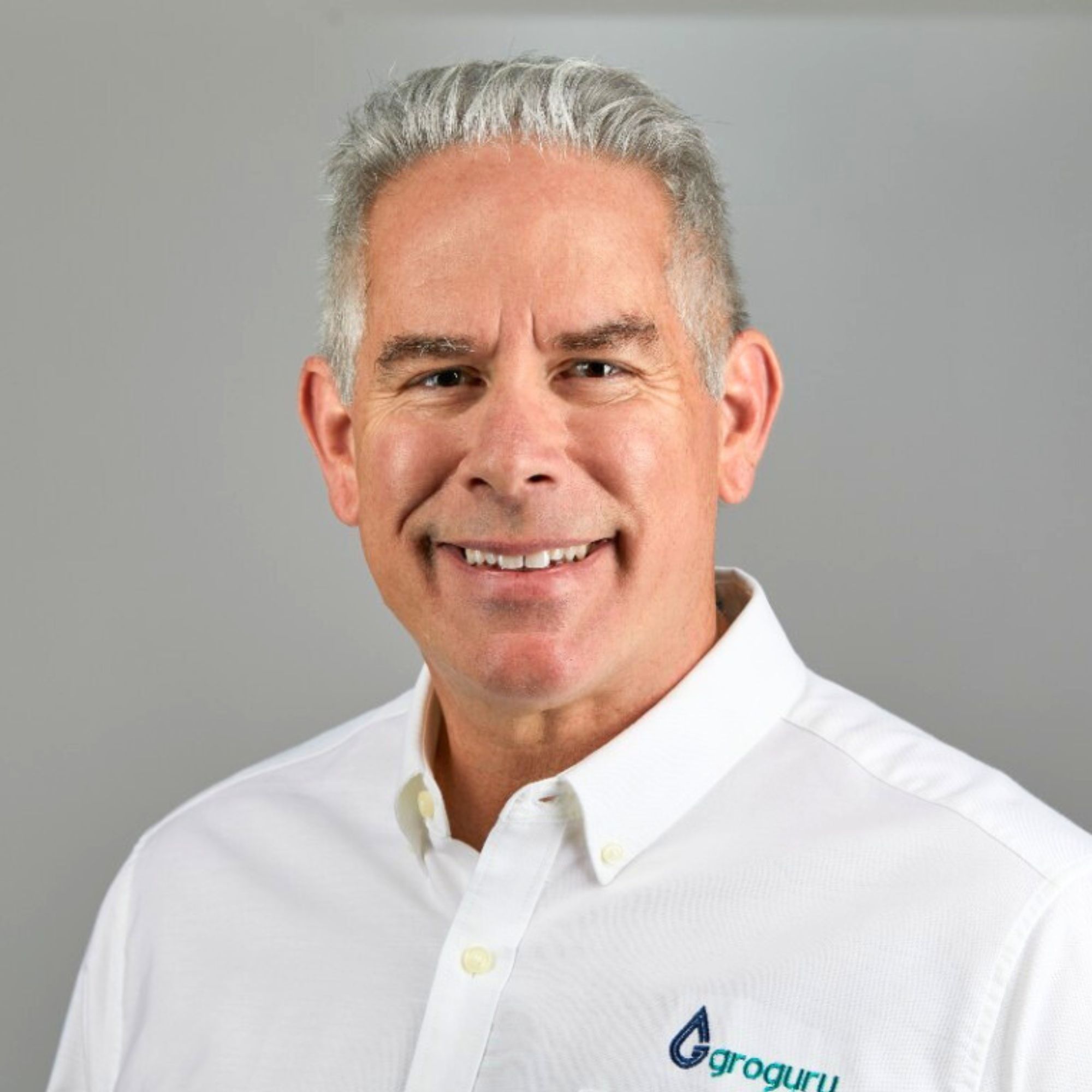Ready to build your own Founder-Led Growth engine? Book a Strategy Call
Frontlines.io | Where B2B Founders Talk GTM.
Strategic Communications Advisory For Visionary Founders
Actionable
Takeaways
Lead with guarantee, not data:
Matthew discovered that "putting your money where your mouth is goes a lot further than charts and graphs at the farm gate." Instead of overwhelming farmers with analytics to convince them to try new inputs, Growers Edge simply guarantees the performance. This approach eliminates the primary barrier to adoption - risk aversion - and accelerates decision-making. B2B founders should consider how they can reduce perceived risk for customers rather than just providing more information to justify decisions.
Organize around customers, not products:
One of Matthew's first major changes was restructuring the organization around customer needs rather than product lines. He explains the critical difference: "A company that's organized around products has something and you're trying to basically force someone to buy it, whereas the company that's focused on customers knows the customer, sees the need and provides a solution." This customer-centric approach enables rapid iteration and market responsiveness that product-focused organizations struggle to achieve.
Scale winners ruthlessly while exploring adjacencies:
Rather than trying to fix everything, Matthew focused on "watering the winners" - identifying what was already working and doubling down with resources and talent. He then systematically explored adjacent opportunities that leveraged existing capabilities, like using warranty data to inform lending decisions. B2B founders should resist the urge to spread resources thin and instead concentrate on amplifying proven success while strategically expanding into related markets.
Build acquisition as distribution strategy:
Growers Edge's acquisition of AQUAOSO wasn't about technology or talent - it was about buying a go-to-market engine. Matthew compares it to "when Budweiser buys a craft beer company and when you plug it into that distribution network, you see sales of that craft beer skyrocket." The acquired company's existing relationships with 28 banks and farm credits provided immediate distribution for Growers Edge's data products, doubling that business since acquisition. Founders should consider acquisitions not just for capabilities, but as a way to instantly access established customer relationships and distribution channels.
Talent attraction follows momentum, not compensation:
Matthew was able to recruit executives who had built three unicorn fintech companies not through compensation alone, but because of "the positive direction of the business, the renewed vigor of the fundraising and the support of very credible, fantastic sponsors." Top talent gravitates toward companies with clear momentum and strong backing. B2B founders should focus on demonstrating tangible progress and securing credible investors as much for talent attraction as for capital.
Conversation
Highlights
How Growers Edge Eliminated Risk Aversion to Scale Agricultural Innovation
Charts and graphs don’t sell farming equipment. Guarantees do.
This insight transformed Growers Edge from a struggling agricultural technology startup into a multi-business platform that raised $30 million in funding during an agtech funding drought. In a recent episode of Category Visionaries, CEO Matthew Hansen shared how he orchestrated this turnaround in just 18 months.
The story begins with Matthew’s unconventional path to agricultural technology. After spending years in private equity, including a dramatic four-year turnaround of Austria’s largest bank where he helped generate a billion-dollar swing in net income, Matthew discovered something crucial about value creation.
“The amount of value that you can create at the operating level while not benefiting from sort of the diversified portfolio theory, the value is just so attractive and so under your control,” Matthew explains. This realization led him to abandon the investor side entirely and focus purely on operations.
When Matthew joined Growers Edge, the company faced fundamental challenges. They had pivoted away from federal crop insurance reselling—a market Matthew describes as “pretty homogeneous, very homogenous market that’s dominated by an oligopoly where it’s just an economy of scale business”—toward agricultural input warranties. But revenue remained stuck in the hundreds of thousands.
The breakthrough came when Matthew recognized that farmers weren’t rejecting new agricultural inputs because of inadequate data. They were avoiding them because of risk.
“The number one inhibitor to the change decision is risk aversion,” Matthew explains. “If you can isolate and eliminate the risk part of risk aversion, you get a whole lot better, deeper, faster adoption.”
Instead of overwhelming farmers with analytics about why they should try new seeds or fertilizers, Growers Edge began guaranteeing performance. Matthew puts it simply: “Putting your money where your mouth is goes a lot further than charts and graphs at the farm gate.”
This shift from proving value to guaranteeing outcomes eliminated the primary barrier preventing farmers from adopting innovations. Rather than asking farmers to bet their livelihoods on untested inputs, Growers Edge absorbed that risk entirely.
But Matthew’s transformation of Growers Edge went deeper than product positioning. He fundamentally reorganized how the company thought about its market.
“I reorganized the company around customers as opposed to products,” Matthew says. The distinction matters more than it might initially appear: “A company that’s organized around products has something and you’re trying to basically force someone to buy it, whereas the company that’s focused on customers knows the customer, sees the need and provides a solution.”
This customer-centric approach enabled Growers Edge to identify adjacent opportunities that a product-focused organization might miss. Using data from their warranty business, they launched input financing, lending directly to farmers for purchasing the very inputs Growers Edge guaranteed. The logic was straightforward: they already knew the credit quality of the farmers and the performance characteristics of the inputs.
The results were dramatic. Input financing grew 800% as Growers Edge found what Matthew calls “product market fit.” The warranty business, now called Crop Plan, became profitable after three years and continues expanding.
Matthew’s approach to scaling winners rather than fixing problems proved equally important. “I was focused on assessing what we had that was working,” he explains. “Watering the winners was sort of the most obvious thing to do.”
This philosophy extended to talent acquisition. Rather than trying to develop existing team members who weren’t performing, Matthew recruited experienced executives from successful companies. His CFO, Colin McDonough, joined a few months after Matthew, followed by Bob Armour as chief marketing officer and president—someone who had served in similar roles at three unicorn fintech businesses.
“I think that our ability to attract that level of talent came from the positive direction of the business, the renewed vigor of the fundraising and the support of our very credible, fantastic sponsors,” Matthew notes.
The third major component of Growers Edge’s transformation involved strategic acquisition. Rather than building distribution channels from scratch, they acquired AQUAOSO, a company that already served 28 banks and farm credits with water risk data.
Matthew compares the strategy to established businesses: “Not too dissimilar from like when Budweiser buys a craft beer company and when you plug it into that distribution network, you see sales of that craft beer skyrocket.”
AQUAOSO provided immediate access to established customer relationships for Growers Edge’s data products, including their automated valuation model for farmland. The acquired company has doubled in size since the purchase and now offers break-even profitability.
This acquisition strategy reflects Matthew’s broader philosophy about operational efficiency. Instead of building everything internally, he identified existing infrastructure that could accelerate growth. “We had a lot of pent up data and pent up platform capabilities with no route to market,” he explains. “So went out and bought AQUAOSO, which already had 28 farm credits and other banking and lending institutions that it was selling water risk data to.”
The systematic approach Matthew used for organizational change offers lessons for other operators facing turnarounds. His first step involved extensive listening: “I did talk to every single employee at the company on a 1:1 basis and ask the same 10 questions, what’s working, what’s not? If you had my seat, what would you do?”
This comprehensive feedback collection preceded any major decisions. Matthew combined employee insights with his assessment of market opportunities to identify the highest-impact changes.
Today, Growers Edge operates three distinct but interconnected business lines. The original warranty business provides downside protection for farmers trying new inputs. Input financing leverages warranty data to offer loans for purchasing those inputs. The mortgage business, launched this year, extends that same data-driven approach to farmland purchases in what Matthew describes as “our newest line of business” but potentially “our biggest line of business because the addressable market’s so large.”
Matthew estimates the mortgage market at $400 billion in outstanding farmland loans, with $40-50 billion in new originations annually. Even capturing a small percentage would represent substantial revenue.
The transformation Matthew led at Growers Edge demonstrates how operational discipline can unlock value in struggling companies. By focusing on customer needs rather than product features, systematically scaling successful initiatives, and strategically acquiring distribution channels, he converted a single underperforming product into a profitable platform serving multiple market segments.
The approach worked because it addressed fundamental market dynamics rather than surface-level execution issues. Farmers weren’t avoiding new agricultural technologies because they lacked information—they were avoiding them because adoption meant accepting unacceptable risks. By absorbing that risk through performance guarantees, Growers Edge removed the primary barrier to innovation adoption.
This customer-centric insight, combined with systematic execution and strategic acquisitions, enabled Growers Edge to raise $30 million in funding during a period when, as Matthew notes, “agtech has seen no funding and it’s pretty much dried up.” The company now projects continued growth across all business lines, with mortgage lending representing the largest long-term opportunity despite requiring more time to reach profitability.
Matthew’s transition from private equity investor to agricultural technology operator illustrates how operational expertise can create value regardless of industry. The principles he applied—understanding customer needs, scaling successful initiatives, and acquiring strategic capabilities—remain relevant across sectors and company stages.

